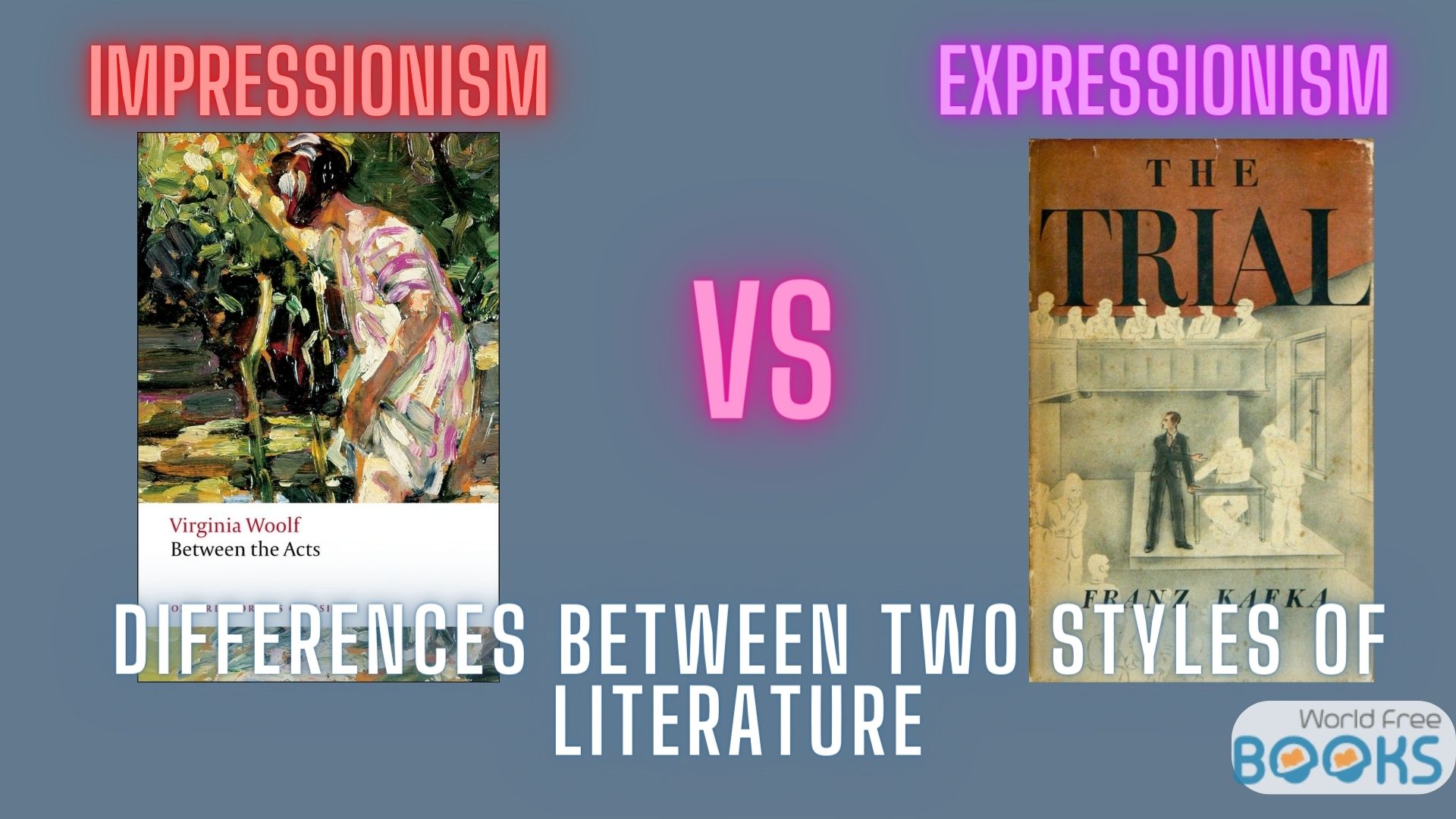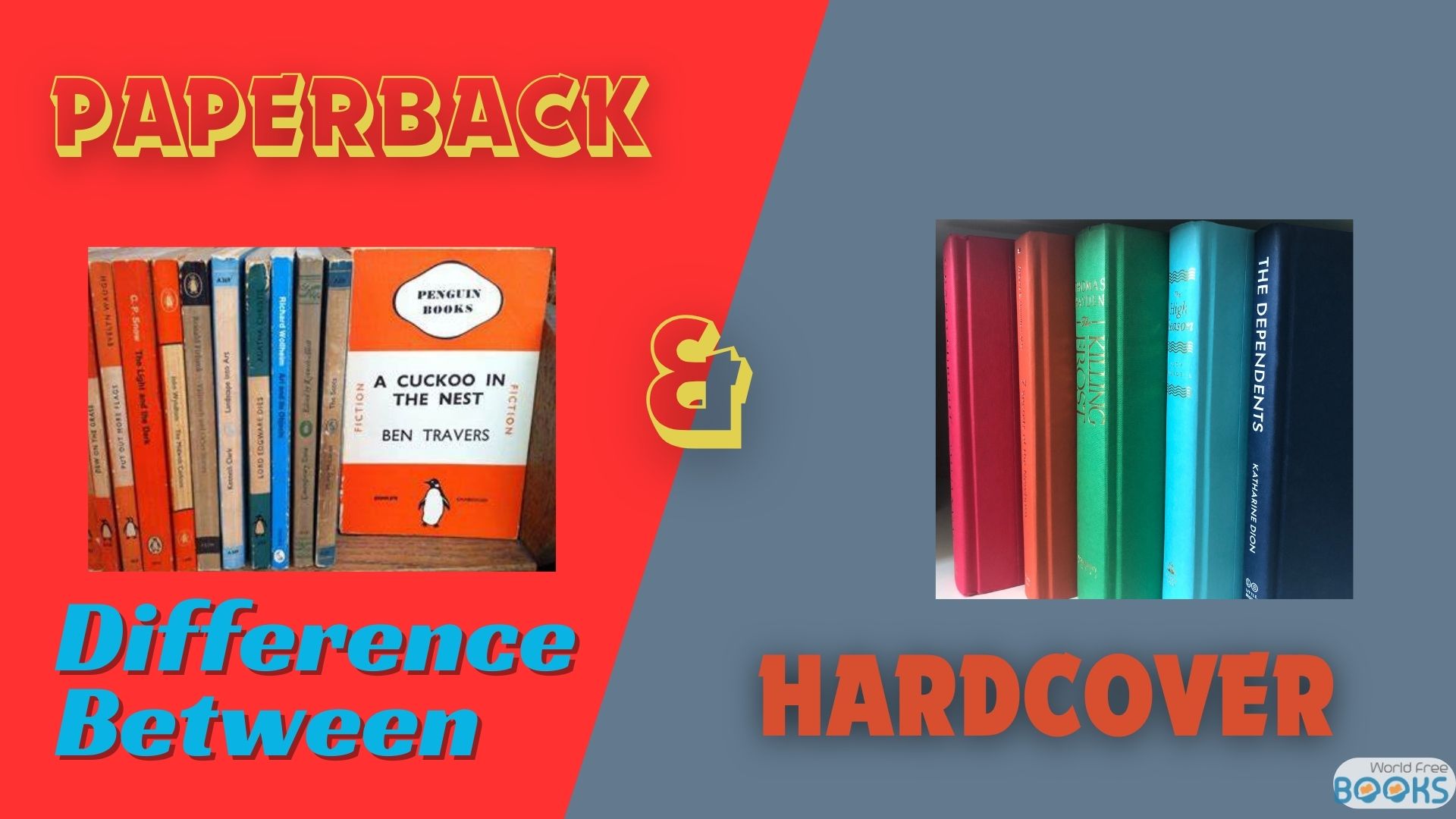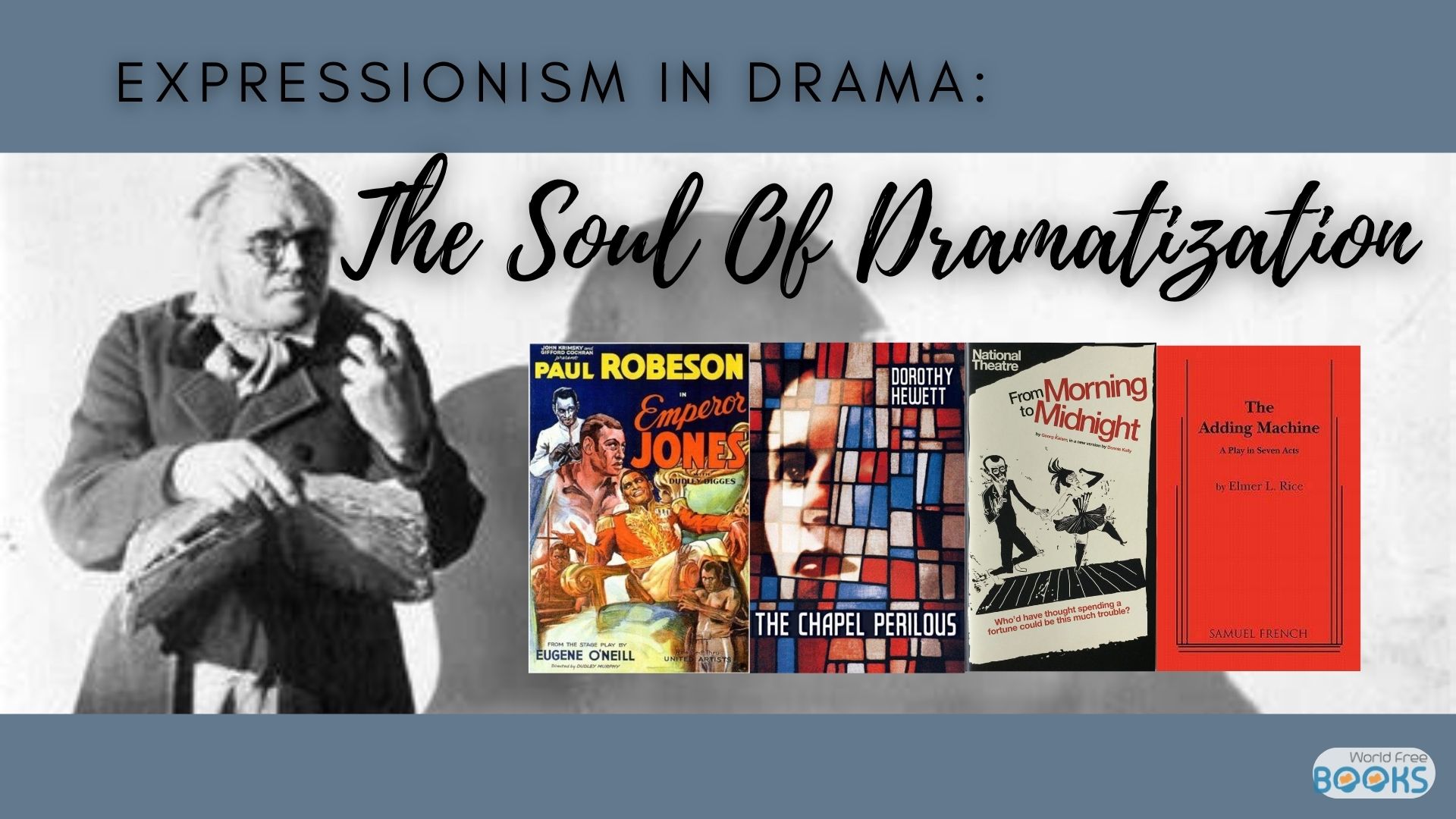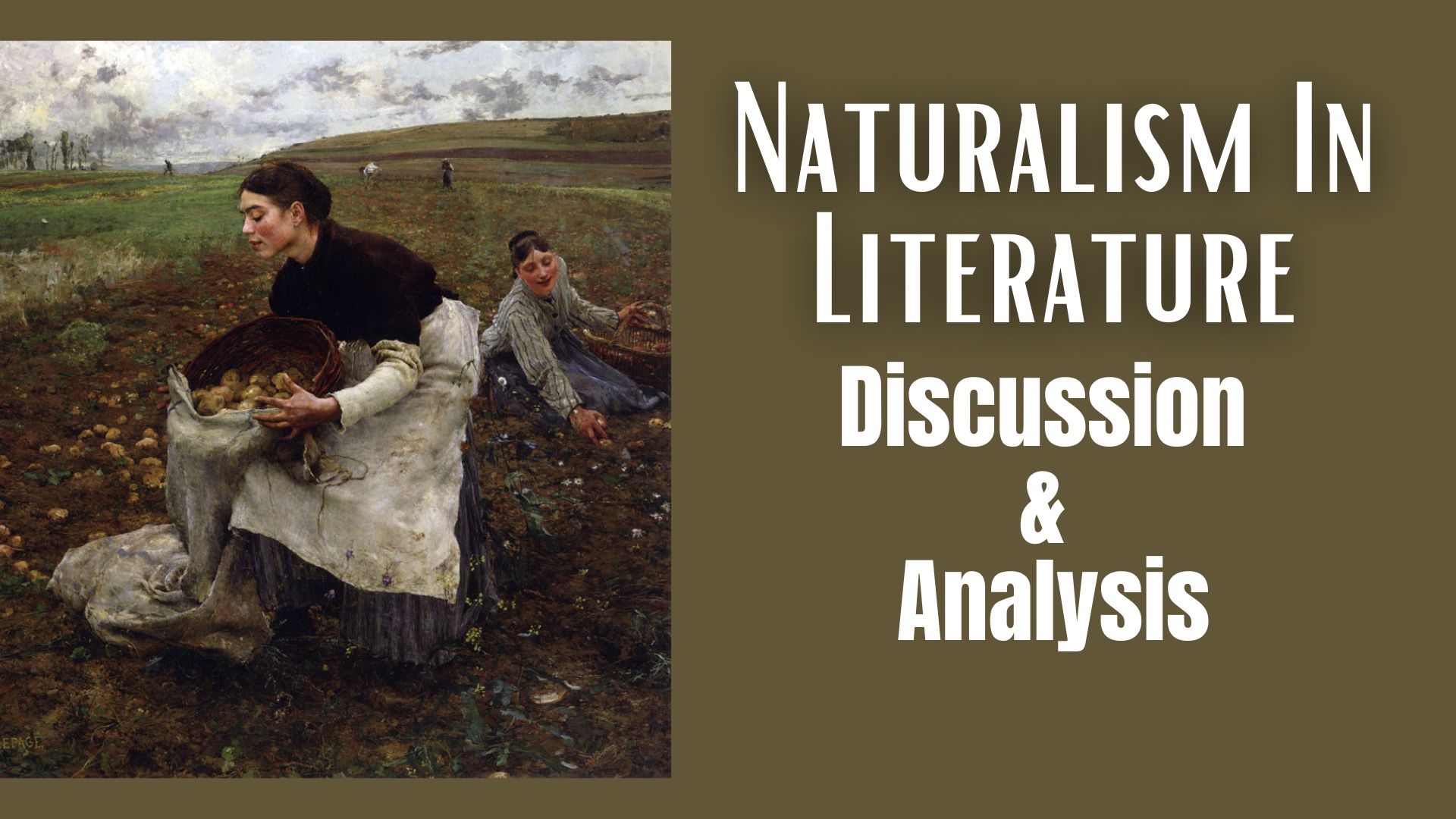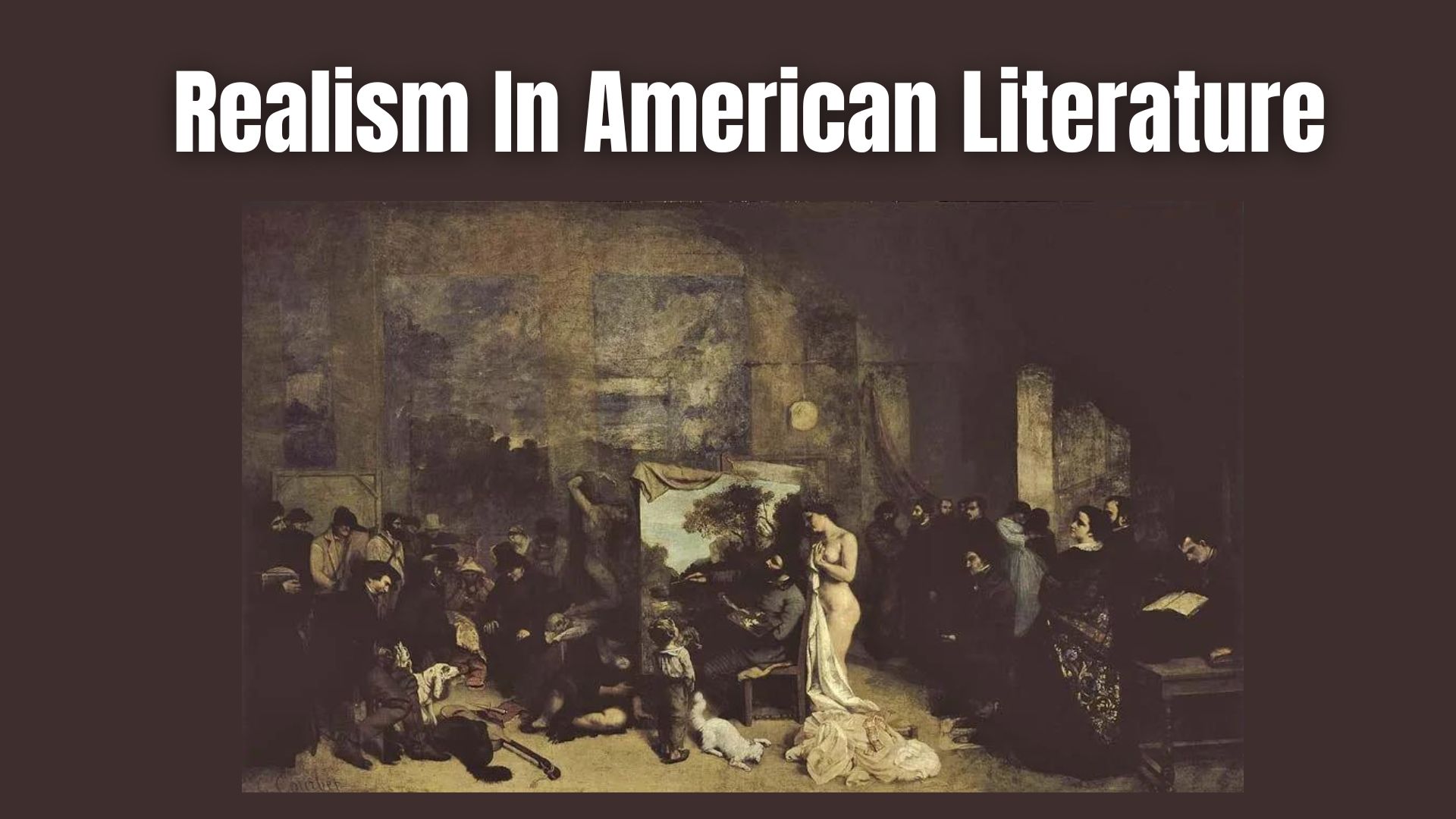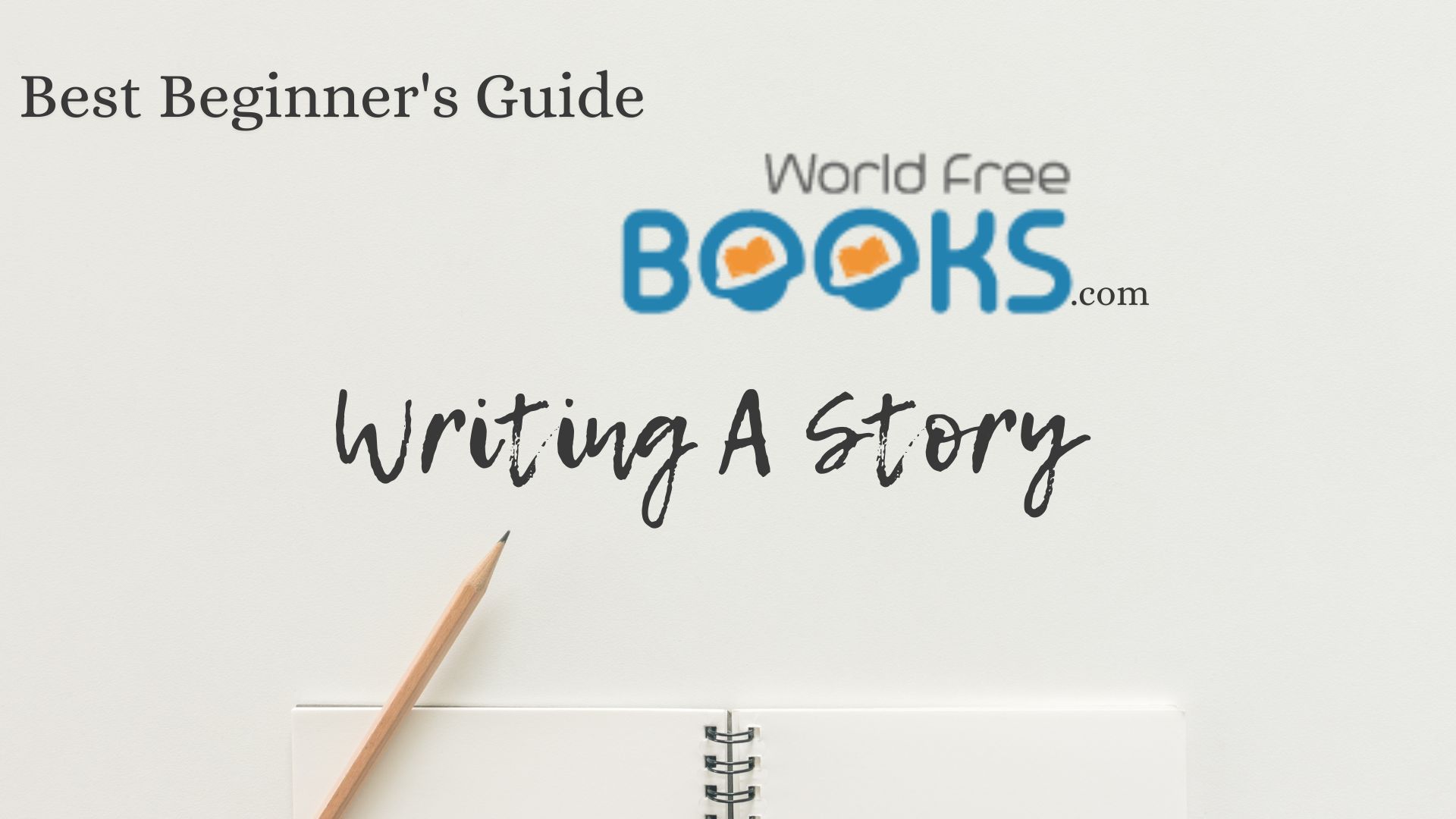
Writing a story can be a rewarding and enjoyable experience, but it can also be challenging and intimidating. How to start writing a story? What are the steps involved? How do you develop your characters, plot, and setting? How do you overcome writer’s block and finish your story?
These are some of the questions that many aspiring writers face when they want to write a story. In this guide, we will provide tips and advice on how to start writing a story, from finding inspiration and generating ideas to planning and outlining your story,
to writing and editing your first draft. Whether you want to write a short story, a novel, or anything in between, this guide will help you get started and achieve your writing goals.
What Is a Story And Why Write One?
A story is a form of creative expression that involves using words to narrate a series of events, real or fictional, that have a beginning, a middle, and an end. A story usually has some elements, such as characters, setting, plot, conflict, and resolution, that make it interesting and engaging for the readers or listeners.
A story can also have a theme, a message, or a moral that the writer wants to convey through the story. People write stories for various reasons, such as:
- To entertain themselves and others with their imagination and creativity.
- To express their feelings, thoughts, opinions, and experiences through words.
- To communicate their ideas, values, beliefs, and perspectives to others.
- To educate, inform, persuade, or inspire others with their knowledge and insights.
- To explore, discover, or learn something new or different about themselves, others, or the world.
- To challenge, question, or critique something existing or established in society or culture.
- To heal, cope, or grow from their personal or collective traumas or struggles.
- To celebrate, honor, or remember their personal or collective achievements or histories.
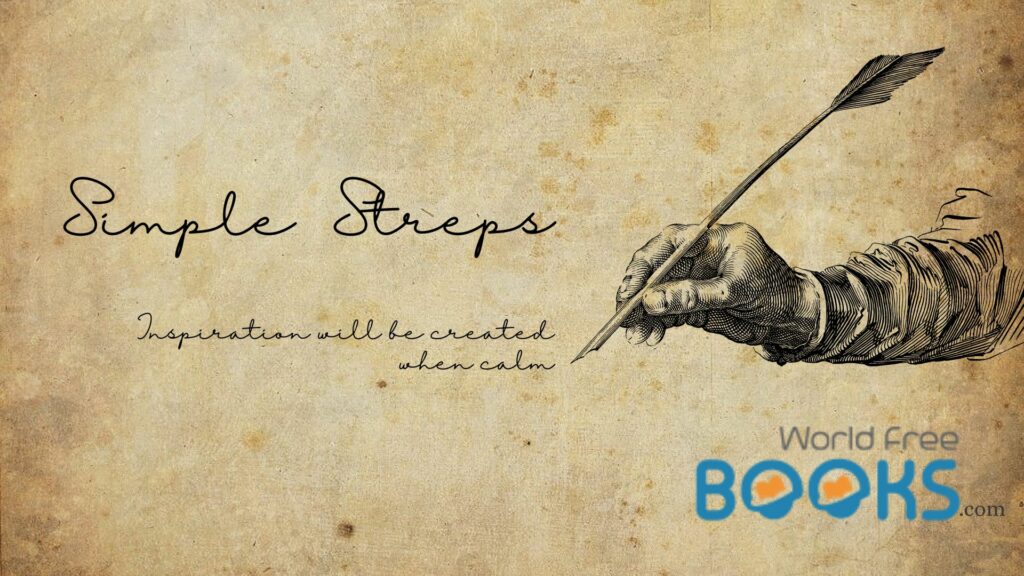
How to Start Writing a Story as a Beginner?
If you have always wanted to write a story, but don’t know where to begin, this article is for you. Writing a story can be an amusing and rewarding way to express your creativity, share your ideas, and connect with others. However, writing a story can also be daunting and overwhelming, especially if you are a beginner.
How do you come up with a good idea? How do you create realistic characters and exciting plots? How do you write in a clear and engaging style? How do you finish your story and make it ready for others to read?
In this article, we will guide you through the process of writing a story, from finding inspiration and generating ideas to planning and outlining your story, to writing and editing your first draft.
We will also provide you with some tips and examples to help you overcome common challenges and improve your writing skills. Whether you want to write a short story, a novel, or anything in between, this article will help you get started and achieve your writing goals.
Starting With Story Writing Topics
A topic is a general idea or theme that your story will explore or convey. A topic can be anything that interests you, such as love, friendship, adventure, mystery, fantasy, horror, etc. However, a topic is not enough to write a story. You also need a plot, which is a sequence of events that make up your story.
A plot has a beginning, a middle, and an end, and it usually involves some conflict or challenge that the main character has to face and resolve. A plot also has a premise, which is a statement that summarizes what your story is about and what makes it unique or intriguing.
To start with story writing topics, you can follow these steps:
When Starting With Story Writing Topics: Brainstorm a List of Topics You are Curious About
You can use sources of inspiration, such as books, movies, music, art, nature, people, events, etc., to generate ideas. You can also use methods of generating ideas, such as brainstorming, freewriting, mind mapping, etc., to come up with more topics.
Choose One Topic From Your List That You Want To Write About
Make sure that the topic is broad enough to allow for creativity and flexibility, but narrow enough to focus your story and avoid confusion. For example, instead of choosing “love” as a topic, you can choose “love in a dystopian world” or “love between two enemies”.
Develop a Plot for Your Story Based on Your Chosen Topic
You can use elements of planning and outlining, such as genre, theme, setting, characters, plot, conflict, resolution, etc, to create a coherent and compelling story. And you can even add your own twists in between the plots that would keep the interest of readers.
Write a Premise For Your Story Based on Your Plot
A premise is a one-sentence summary that captures the essence of your story and hooks the reader’s attention. A premise should include the main character, the main conflict, and the main outcome of your story.
For example, a premise for a story based on the topic “love in a dystopian world” could be: “A young rebel falls in love with a loyal soldier and must choose between betraying her cause or losing her lover”.
Start writing your story based on your premise
You can use tips and advice on how to write effectively, such as choosing a point of view, using dialogue, description, action, etc., to write engaging and expressive scenes and chapters for your story. You can also use tools such as [writing prompts] or [writing exercises] to help you overcome writer’s block and improve your writing skills.
Some of The Steps You Can Follow to Start With Story Writing Topics
Remember that writing a story is a creative and personal process, and you can always modify, revise, or rewrite your story as you go along. The most important thing is to enjoy the process and have fun with your story.
How To Write a Story Plot?
A story plot is the sequence of events that make up your story. A plot has a beginning, a middle, and an end, and it usually involves some conflict or challenge that the main character has to face and resolve. A plot also has a premise,
which is a statement that summarizes what your story is about and what makes it unique or intriguing. To write a story plot, you can follow these steps:
To Write a Story Plot: Identify the Genre and Theme of Your Story
The genre is the type or category of your story, such as romance, fantasy, thriller, etc. The theme is the main idea or message that your story conveys, such as love, courage, justice, etc. Knowing your genre and theme will help you set the tone and mood of your story,
and choose the appropriate elements for your plot.
Create Your Main Character and Their Goal When Writing a Story Plot
The main character is the protagonist or hero of your story, the one who drives the action and faces the conflict. The goal is what your main character wants to achieve or accomplish by the end of the story, such as finding love, saving the world, solving a mystery, etc.
Your main character and their goal will help you establish the motivation and direction of your plot.
When Writing A Story Outline the Major Plot Points of Your Story
The major plot points are the key events that move your story forward and create tension and suspense. They usually include the inciting incident, the rising action, the climax, the falling action, and the resolution.
The inciting incident is the event that introduces the main conflict and sets the story in motion. The rising action is a series of events that increase the stakes and complications for the main character. The climax is the turning point or the most intense and exciting moment of the story,
where the main character faces the main conflict and the outcome is decided. The falling action is the series of events that wrap up the loose ends and consequences of the climax. The resolution is the final outcome or the conclusion of the story, where the main character achieves or fails to achieve their goal.
Write Your Plot in a Summary or A Synopsis When Writing A Story
A summary is a brief overview of your plot, usually one or two paragraphs long. A synopsis is a more detailed description of your plot, usually one or two pages long. Writing your plot in a summary or a synopsis will help you clarify and refine your plot, and check for any inconsistencies or gaps in your story.
These are some of the steps you can follow to write a story plot. Remember that writing a plot is a creative and flexible process, and you can always modify, revise, or rewrite your plot as you go along. The most important thing is to write a plot that is coherent, compelling, and original, and that suits your genre, theme, and character.
How To Write Ending Of Stories
The ending of a story is the final part of the story, where the main character achieves or fails to achieve their goal, and the main conflict is resolved. The ending of a story can have a major impact on the reader’s satisfaction and impression of the story,
so it is important to write an ending that is satisfying, consistent, and memorable. To write an ending of a story, you can follow these steps:
- Review your genre, theme, and premise
The genre is the type or category of your story, such as romance, fantasy, thriller, etc. The theme is the main idea or message that your story conveys, such as love, courage, justice, etc. The premise is a one-sentence summary that captures the essence of your story and hooks the reader’s attention.
Reviewing your genre, theme, and premise will help you write an ending that matches the tone and mood of your story, and fulfills the expectations and promises that you have set up for the reader.
- Review your plot and character arc
The plot is the sequence of events that make up your story. The character arc is the change or growth that your main character undergoes throughout the story. Reviewing your plot and character arc will help you write an ending that ties up the loose ends and consequences of your story,
and shows the outcome and impact of your main character’s actions and decisions.
- Choose the type of ending that suits your story
There are different types of endings that you can choose for your story, such as happy, sad, bittersweet, ambiguous, twist, cliffhanger, etc. Each type of ending has its own advantages and disadvantages and can evoke different emotions and reactions from the reader.
Choose the type of ending that suits your genre, theme, premise, plot, and character arc, and that delivers the message and impression that you want to convey through your story.
- Write your ending in a clear and engaging style
The ending of a story is the last impression that you leave on the reader, so you want to write it in a clear and engaging style that captures the reader’s attention and leaves them satisfied and moved. You can use different techniques to write your ending, such as using dialogue, description, action, etc.,
to show the resolution and outcome of your story. You can also use tools such as [writing prompts] or [writing exercises] to help you write your ending.
These are some of the steps you can follow to write an ending of a story. Remember that writing an ending is a creative and personal process, and you can always modify, revise, or rewrite your ending as you go along. The most important thing is to write an ending that is satisfying, consistent, and memorable, and that suits your genre, theme, premise, plot, and character arc.

 Nov 28, 2023
Nov 28, 2023 